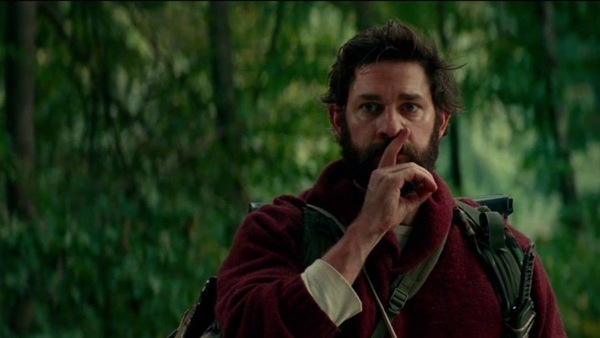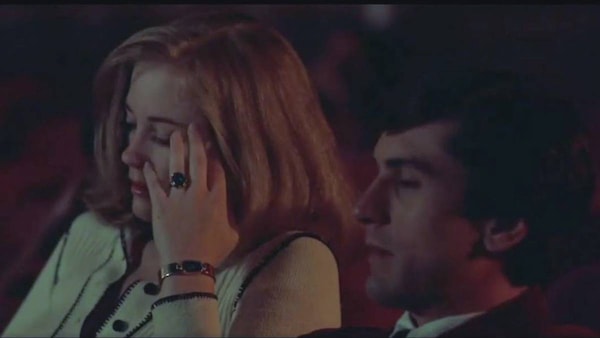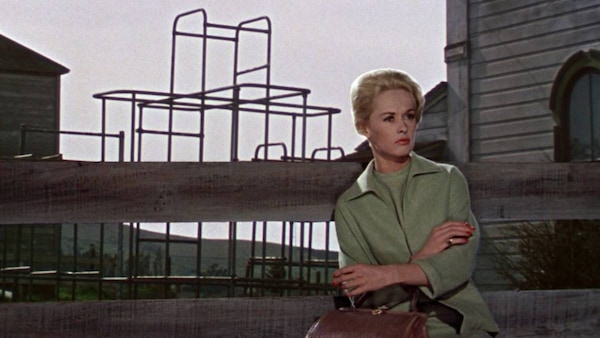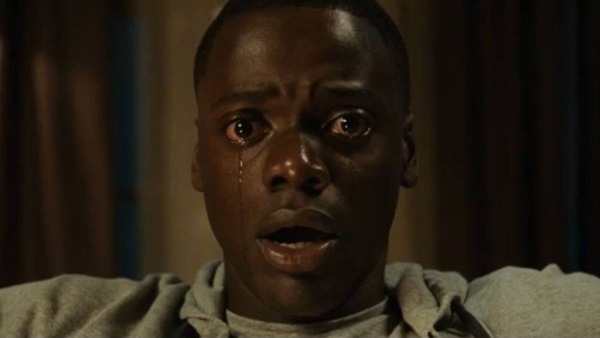Newsletter | No Careless Whisper: Movies That Play On The Sound Of Silence
Why the sound design in films like A Quiet Place shouts for attention.

Last Updated: 02.43 PM, Apr 02, 2023
This column was originally published as part of our newsletter Stream of Consciousness on April 2, 2023. Subscribe here. (We're awesome about not spamming your inbox!)
***
I’ve always been a city boy. Silence and I are strangers to each other: I revel in the urgent soundscapes of my surroundings — be it the markets, playgrounds, roads or parks. This is perhaps why, when I encountered Satyajit Ray's Pather Panchali — that symphony of silence — years ago, I was rendered, well, speechless. Silence is stitched into the fabric of the film, in its textures of contemplation and introspection. Apu often sits in quietude, staring out over the vast landscapes of fields and trees. And we, along with him, reflect on the beauty and complexity of the world around us, sharing the wonderment of innocence and discovery. Silence, I then realised, is a language in itself; its noiselessness holds a character, a depth. As Neal Gittleman, the conductor of the Dayton Philharmonic Orchestra says in his TED Talk: “Our lives are too filled with noise, too filled with distractions, too filled with stuff. Silence is nature’s beautiful antidote to all that craziness.”
All these musings however were turned on their head when a film emerged with silence as its very plot: A Quiet Place. This 2018 American horror film directed by John Krasinski tells the story of a family struggling to survive in a post-apocalyptic world inhabited by creatures that hunt by sound. A Quiet Place's sound design is incredibly unique in that it relies heavily on silence. Throughout the film, there are eerie periods where there is absolutely no dialogue, no music, and no sound effects. Instead, the film's sound design focuses on the small, everyday sounds that we often take for granted: Footsteps, the rustling of leaves, the creaking of a door, and even the cadence of breathing — all take on a new significance in the film's world, where noise means certain death.

Through the amplification of these ordinary sounds, we are immersed into a real world. We are one with the characters in their milieu, their hidden homes; our hearts thud with them whenever they emerge into the infested outside. We literally wait for an attack. And the creatures themselves have a peculiar, jarring sound to their approach, as they prowl then savagely attack. Their screeches are a language of dread.
But there’s another element which heightens the stake in the narrative, and gives the sound design another reason to bring a stillness in its tracks — the character played by Emily Blunt is pregnant. There’s one scene where her character is walking on sand, and one can hear nothing but the sound of her footsteps, magnified multiple times, and as we sink deeper into our seats, we understand the sheer fragility of her existence, her situation.

Ethan Van der Ryn, the film’s sound designer, creates a whole world of emptiness: human sounds are eliminated whilst natural ones are heightened — water rushing over rough ground, birds chirping high in the air unmindful to danger, leaves sighing in the wind. We are immersed in a vacant, lonely space. Amid this, we hear the aliens’ sound — a kind of a ticking, searching aural refrain — that keeps up the impression of danger, a reminder that the creatures are always lurking nearby.
Silence, when woven into the rubric of a film, as a way to further its thematic propulsion, can be just as important to a film’s story as sound and dialogue. Take Martin Scorsese’s Taxi Driver (1976), where the protagonist Travis Bickle (played by Robert De Niro) is a loner with pent-up anger and frustration. He is a man completely bereft of social niceties. On a date with a beautiful woman, he takes her to see an adult film. The camera is static on both their faces as the dialogue in the film becomes more and more explicit, and his date starts to squirm in discomfort. Bickle is baffled by her anger. There is nothing in the soundtrack but the ridiculous dialogue; still, we can feel the chaotic and varied kinds of struggle of both the characters, without having them say a single word.

Alfred Hitchcock’s The Birds has a scene where Tippi Hedren’s character smokes a cigarette outside a schoolhouse. The camera lingers in silence as the birds start to gather in the playground behind her. As the silence continues, we become increasingly aware of the birds and the threat they pose. The complete lack of sound slowly builds up the dread of what is to follow. Silence here is a tool to mount suspense.
But silence can also be used as a reflection emphasising the overall mood or atmosphere of a film. In Sofia Coppola’s peerless Lost in Translation, Bill Murray’s character, Bob, sits alone in his hotel room in Tokyo, staring out the window, evidently disconnected from the world around him. The accompanying silence emphasises Bob’s loneliness and isolation. Or take how silence drives home horror and trauma in Steve McQueen's 12 Years a Slave, where a barely alive Solomon (played by Chiwetel Ejiofor) is shown hanging from a tree. The camera focuses on him for an extended period, the silence almost an indictment — a cinematic device of a literary double-emphasis — of slavery’s silencing and dehumanisation of its victims.

One begins to understand the power of silence as exposition as one pays closer attention to directorial choices. For instance, in 2017's Get Out, there is a protracted period of silence as the protagonist Chris (Daniel Kaluuya) is hypnotised by his girlfriend's mother. The quiet here symbolises the powerlessness and lack of agency that Chris feels, even as it emphasises the film's larger themes of oppression and resistance. Silence in a quiet film too, if used well, can add to its experience. A sequence in Birdman, featuring Michael Keaton's character sitting alone in his dressing room, underscores the quiet moments before a performance. It accurately reflects the stillness that performers inhabit before going out on stage.
In the altogether gorgeous Her, protagonist Theodore (Joaquin Phoenix) walks through a crowded street in silence while listening to music on his headphones, chosen by the AI operating system he is falling in love with. Though there is music playing in the background, there is an underlying undertow of silence, so beautifully inserted that it takes time for us to register Theodore's disconnect from the larger world. Or the moment in Manchester By the Sea, where Casey Affleck's character Lee enters the room with his brother's mortal remains and embraces him. The silence in the scene is a complex composite of the shock and trauma that Lee is experiencing, as well as his own attempt to process his emotions.

I recently rewatched Zindagi Na Milegi Dobara, my comfort blanket. In the first set of challenges the friends set for each other, Hrithik Roshan picks deep sea scuba diving. He is apprehensive, but works through his fear to do the practice dives. When they finally start to get into the ocean, his instructor (played by Katrina Kaif) tells him, “Your life is about to change.”
What follows is a sublime sequence of the duo exploring the incredible beauty of the underwater world. When Hrithik finally emerges and climbs back into the boat, the camera goes still, as does the soundtrack. There’s just the gentle sound of the sea and the drip-drop of water. Hrithik is overwhelmed, as are we when we watch him. We know nothing will be the same again; so when Hrithik starts weeping, so do we. In that one sun-drop of silence, film and real life merge, and we know we will walk out changed, even if infinitesimally.
